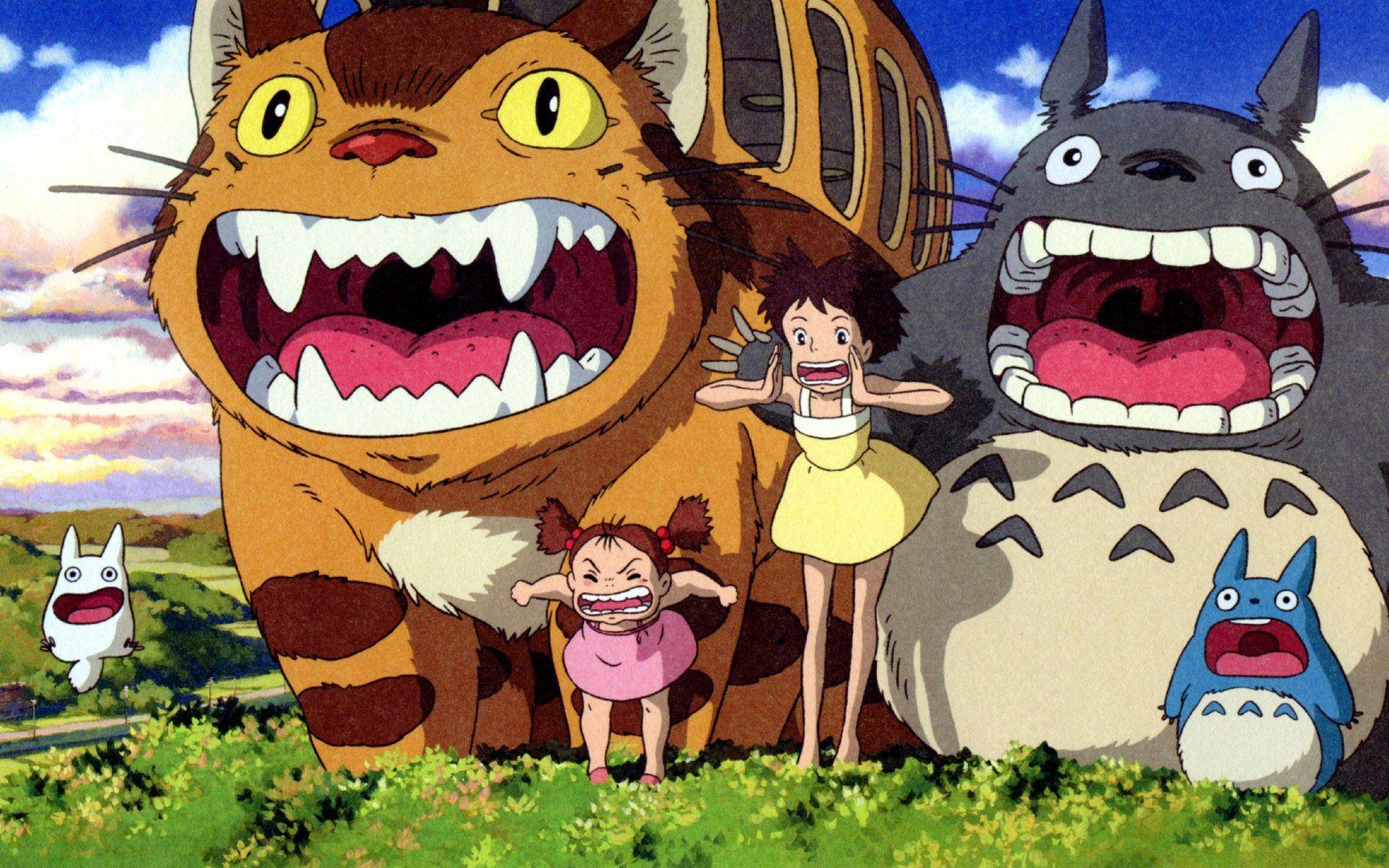自定义 Header头部
Uniapp–>头部Header返回的自定义抒写方式
为啥呢?页面多多,功能相同,就不用重复写嘛~
创建common目录
在最外面新建一个common目录,用于不同个页面需要相同样式的组件,如tabbar,头部等(如果已经有common目录就不用建)
新建页面my-header/my-header.vue作组件
- 1,.status-bar盒子,用于拉开每个手机的状态栏(一般64rpx);
- 2,.nav_top盒子,fixed是浮在上部的,所以有第3点。
- 3,.marginBox盒子,用于每次导入组件时,内容不会被遮挡(不用再设置头部高度);
- 4,slot插槽,子组件提供一个地方(可以包含内容,形成默认内容),父组件负责填(会覆盖子组件默认内容)
<template>
<view class="headers">
<view class="nav_top">
<view class="status-bar"></view>
<view class="topContent">
<view class="goBack">
<slot name="left">
<image src="图标" mode=""></image>
</slot>
</view>
<view class="title">
<slot name="center">
<view>文字</view>
</slot>
</view>
</view>
</view>
<view class="marginBox"></view>
</view>
</template>
<style scoped>
.nav_top{
width: 100vw;
height: 115rpx;
background-color: white;
position: fixed;
top: 0;
left: 0;
display: flex;
flex-direction: column;
align-items: center;
z-index: 900;
}
.status-bar{
height: 64rpx; /*固定的*/
}
.topContent{
width: 100vw;
height: 100rpx;
display: flex;
align-items: center;
}
.goBack{
width: 90rpx;
height: 42rpx;
padding-left: 20rpx;
box-sizing: border-box;
position: relative;
font-size: 24rpx;
}
.goBack image{
position: absolute;
left: 50%;
top: 50%;
transform: translate(-50%,-50%);
width: 40rpx;
height: 42rpx;
}
.title{
line-height: 115rpx;
font-size: 32rpx;
text-align: center;
color: #344356;
}
.marginBox{
height: 115rpx;
}
</style>
在pages.json中添加/修改内容
- “navigationStyle”:”custom”, //开启自定义头部样式
{
"path": "pages/index/index",
"style": {
"navigationBarTitleText": "首页",
"navigationStyle":"custom", //开启自定义样式
"app-plus":{ //h5端跟app端执行
"scrollIndicator":"none", //隐藏滚动条
"titleNView":"none" //隐藏头部视图
}
}
},
导入组件与父子传值
- 1,需要的页面里导入相应组件并注册;
- 2.父是被导入组件的页面,子是导入的页面MyHeader
- 3,父组件不用提供属性给子,所以观察子组件的属性。
- 4,由于有些页面,不需要头部的一些样式,可以用v-if=”属性名”传布尔值(默认是true),去掉样式。
- 5,子–插值语法里定义个’名字’–> 父—名字=”内容”,如果是<>里面的属性–>:属性名=”属性值”(个人记住思路,见谅)
- 6,props接收父传来的值,并规定传来啥类型的值。(如果你知道传来的值是同类型,可以不用)
- 7,跳转回上一个页面。
//子
<template>
<view class="headers">
<view class="nav_top">
<view class="status-bar"></view>
<view class="topContent">
<view class="goBack" @click="goTo" v-if="isBack">
<slot name="left">
<image src="../../static/imgs/arrow.png" mode=""></image>
</slot>
</view>
<view class="title">
<slot name="center">
<view>{{title}}</view>
</slot>
</view>
</view>
</view>
<view class="marginBox"></view>
</view>
</template>
<script>
export default{
props:{
title:{
type:String,
default:''
},
isBack:{
type:Boolean,
default:true
}
},
methods:{
goTo(){
uni.navigateBack({
delta:1
})
}
}
}
</script>//父
<template>
<view class="">
<MyHeader :isBack="false" title="内容"></MyHeader>
</view>
</template>
<script>
import MyHeader from '@/common/my-header/my-header.vue'
export default {
data() {
return {
}
},
components: {
MyHeader
}
}
</script>
有不足,请见谅~
本博客所有文章除特别声明外,均采用 CC BY-NC-SA 4.0 许可协议。转载请注明来自 XxiaoMin Blog!






